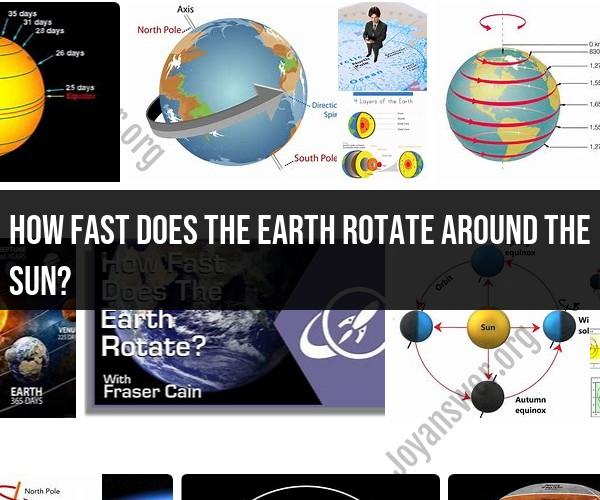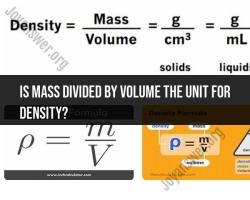How fast does the Earth rotate around the Sun?
The Earth orbits (rotates) around the Sun at an average speed of approximately 29.78 kilometers per second (about 107,208 kilometers per hour or 66,616 miles per hour). This orbital motion is what causes the changing seasons and the cycle of day and night on Earth.
It's important to note that Earth's speed in its orbit around the Sun is not constant throughout the year. Due to the elliptical shape of Earth's orbit, it moves faster when it is closer to the Sun (perihelion) and slower when it is farther from the Sun (aphelion). Perihelion occurs in early January, while aphelion occurs in early July. At perihelion, Earth's orbital speed is slightly faster, and at aphelion, it is slightly slower, but the average speed over the entire year is approximately 29.78 kilometers per second.
This orbital speed is what keeps Earth in a stable orbit around the Sun, counteracting the gravitational pull of the Sun with its own inertia. It takes Earth approximately 365.25 days to complete one orbit around the Sun, which defines the length of a year in our calendar system.
Earth's Rotation Around the Sun: Understanding the Speed
The Earth revolves around the Sun at an average speed of 67,000 miles per hour (107,825 kilometers per hour). This means that it travels about 1.6 million miles (2.6 million kilometers) per day.
The Earth's orbital speed is not constant, however. It varies slightly throughout the year due to the elliptical shape of the Earth's orbit. The Earth travels fastest at perihelion (its closest point to the Sun) and slowest at aphelion (its farthest point from the Sun).
Orbital Motion: How Fast Does Earth Revolve Around the Sun?
The Earth's orbital motion is caused by gravity. The Sun's gravity pulls on the Earth, causing it to fall towards the Sun. However, the Earth is also moving forward at a very high speed. This forward motion keeps the Earth from falling into the Sun.
The Earth's orbital speed is determined by the balance between the Sun's gravity and the Earth's forward motion. If the Sun's gravity were stronger, the Earth would fall into the Sun. If the Earth's forward motion were faster, the Earth would escape the Sun's gravity and fly off into space.
Celestial Mechanics: Earth's Orbital Velocity Explained
Celestial mechanics is the study of the motion of objects in space. It is used to explain the Earth's orbital motion around the Sun.
The Earth's orbital velocity is calculated using Kepler's laws of planetary motion. Kepler's laws describe the elliptical shape of the Earth's orbit and the relationship between the Earth's orbital speed and its distance from the Sun.
Kepler's laws are based on the following principles:
- The Earth's orbit around the Sun is elliptical.
- The Earth travels fastest at perihelion and slowest at aphelion.
- The Earth's orbital speed is inversely proportional to its distance from the Sun. This means that the closer the Earth is to the Sun, the faster it travels.
Conclusion
The Earth revolves around the Sun at an average speed of 67,000 miles per hour (107,825 kilometers per hour). This speed is determined by the balance between the Sun's gravity and the Earth's forward motion. Celestial mechanics is used to explain the Earth's orbital motion and to calculate its orbital velocity.













